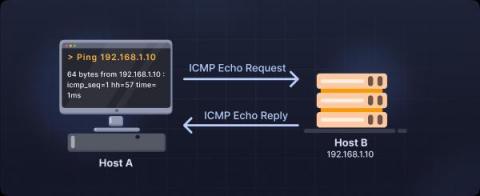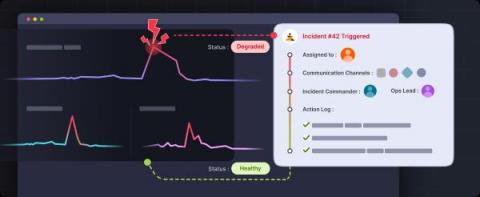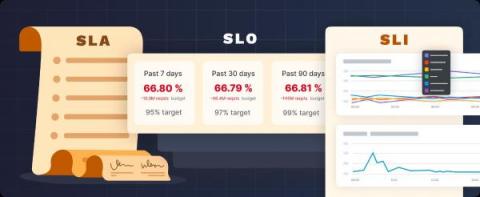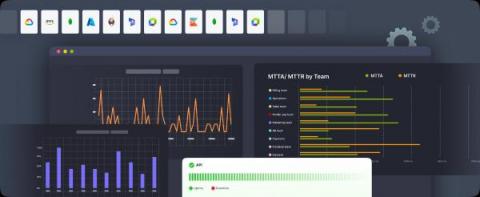How To Write Incident Postmortems
Writing a public postmortem regarding an outage is essential to maintaining transparency and accountability when things go wrong in a service or system. The purpose of writing a postmortem is to analyze and document an incident or event that has occurred, usually with a focus on identifying its root causes, understanding what went wrong, and outlining steps to prevent similar issues from happening in the future.











